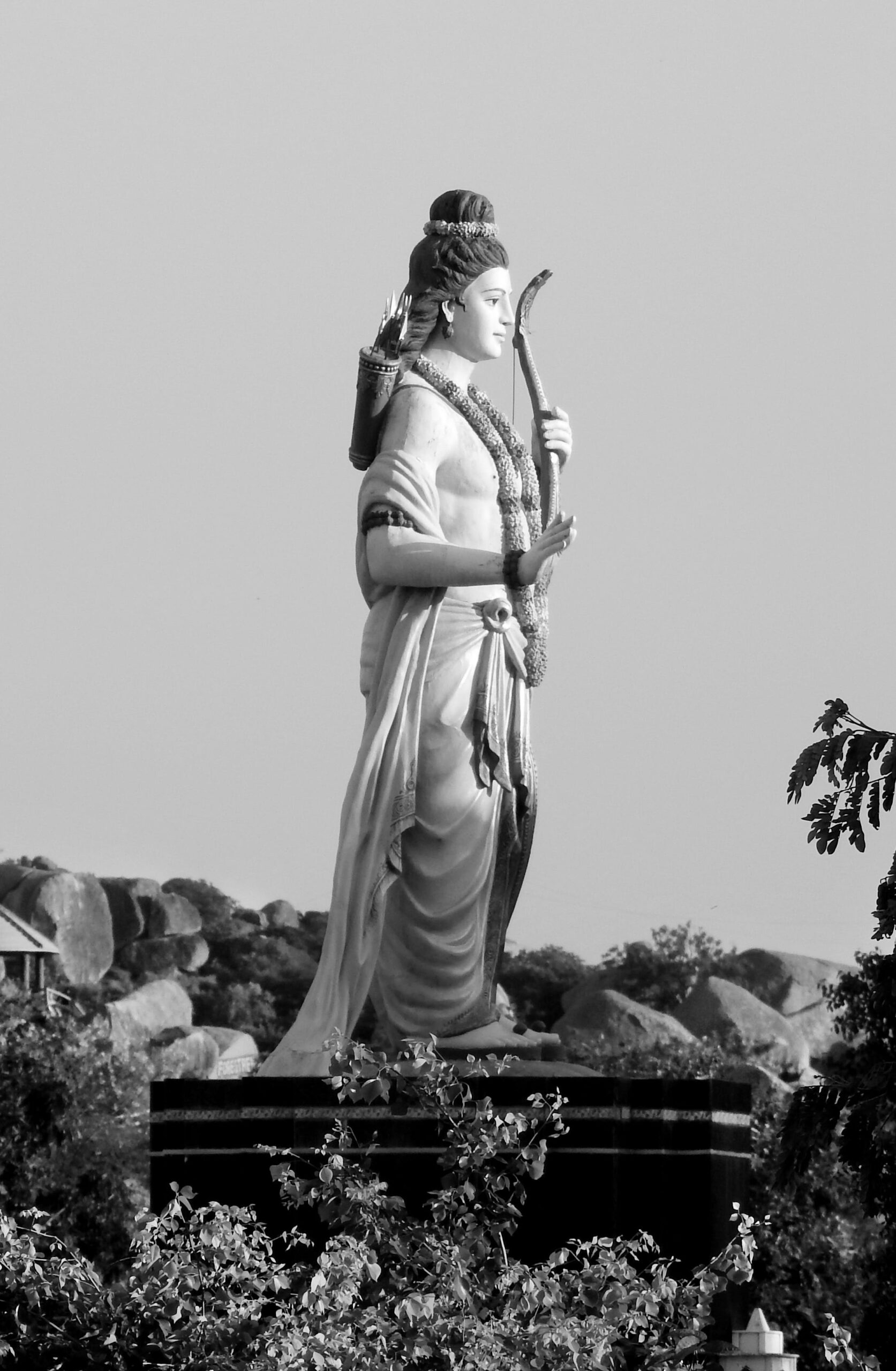
In the world of social media influencers, I want to be a common-sense influencer
Welcome to the (un)real world! Where everything marches to the beat of a different and slightly dark (not being racist, merely meant someone with dark thoughts) drummer. Where literally ‘anything goes’ Where crassness and cupidity can buy those ready to sell their souls to the highest bidder. Welcome indeed, to the deeply sought (yes, the pun on Deep Seek was intended) world of digitization, where everything can be clickbait.
There was a time when a single television set was not just the pride of the household, but the entire neighborhood. When time was divided into neat little air-tight boxes for entertainment, which was truly entertaining, for advertisement which was not as dubious as it is now, and for comedy which was not only funny and clean but so original that it had no need to prop itself up with the crutch of vulgarity. Everything was limited and thus, more precious. Friday evenings were devoted to ‘Yeh Jo Hai Zindagi’ where Shafi Inamdar, Swaroop Sampat, Rakesh Bedi and Satish Shah brought out the hilarity in perfectly mundane situations. Ditto, ‘Dekh Bhai Dekh’ and ‘Wagle ki Duniya’ It was a gentler time, without the pushiness and the perversion. Comedy and entertainment were more condiments akin to sugar and spice, a dash of which brought out the flavor and made everything nice.
To look back at such times is what old fogies do now, because times have changed and how! With the much awaited second coming in the form of the internet, anyone, and everyone, can now live his or her private dream, since the choices offered are infinite. Focus shifting from public to personal has shifted the goal posts accordingly. Entertainment has changed from condiment to main ingredient and we all know the fate of a curry where daal is added to the salt instead of salt to the daal! Inedible to say the least. Add to this the dubious demon of ‘free speech’ and you have a winning recipe for disaster.

A world which was already tilting on its axis without much help was given a shove in the requisite direction by the advent of the pandemic. It birthed the age of ‘social media’ where everything from shopping to sports, and cooking to comedy was made available online. The golden age of those vines which cast their net far and wide through ‘podcasts’ instead of pods was born.
While the conventional use of known celebrities no matter how suspect, to endorse certain brands had long been in used, the strategy was at least an open affair, with mostly consumer products being marketed. This however soon took a beating due to sky-rocketing costs. With people beginning to shop, read and generally live online, marketing also set its sight on the far horizons and thus was born social media marketing and the age of the influencers, who could subtly point people in the direction in which the marketeer wanted him to go. With a glut of social media, again, anyone and everyone could form a micro-climate or a micro-ecosystem where they could try their hand at playing God and influencing others, a secret desire which most humans foster. It made one wonder about the availability of free choice thanks to influencers spreading in every sphere from what we wore and ate or where we travelled, but more dangerously, what we thought. The stage was set for revolution, both literal and figurative where even election narratives were set by full-screen videos of influencers which were screened as a canvassing gimmick, 24/7.
With reels and microblogs, OTT shows, stand-up comedy which was live streamed and the like, everyone could aspire to be at least a meteor if not a downright super nova in the virtual world and if this could be translated from reel to real, then so much the better, the world was yours for the taking. A quick shot at the money, glory sans work or responsibility, yes, several netizens had apparently found the proverbial rainbow with the pot of gold at its end. However, there did exist one drawback: a failure in the quality regulation and quality control department.
Any comment, no matter how cringe worthy, any joke which had no business being one, or any performance, no matter how outlandish was dubbed as entertainment if it produced the requisite likes, views, or reactions. The I&B Ministry, stuffed to the gills with regulation of mainstream media and the ruckus normally created therein did not have either the will (more likely) or the way to regulate what was being broadcast over the broader web and thus there were ways and means to make the most outrageous comments, hide them behind the convenient cloak of free speech and get away with it. Nothing was holy or nothing sacred any more. And the trend did not look like going away anytime soon.
Blindly aping most things foreign, especially if they are of Western origin has always been a blind spot for us, Indians. And thus, the exercise of free will and free speech without discretion has finally led to a short sharp shock, highlighting the ugly underbelly of society. The recent fracas caused by the crassness of a popular YouTuber on an equally popular comedy show has shown us how singularly unfunny so called ‘dark humor’ can be. When incestuous comments about one’s parents start making the rounds on public fora which can be accessed by a fifteen- year-old, you know that personal freedom has escaped the bounds of decency and started making inroads where it has no business to be.

While the hue and cry seem justified, as usual it remains to be seen whether it is out of genuine concern for the depravity which is creeping into society or with the aim of gaining some quick and cheap popularity on the same channels which are being touted as the root of all evil. Whatever the case, the most worrying aspect is that uncensored, unregulated content is being streamed for consumption, the age, maturity, and processing capacity of the consumer be damned! The mind boggles at the thought of impressionable young minds believing this kind of thought process to be ‘cool’ and a free ticket to fame.
Perhaps the time is ripe to examine where we are headed as a society. To examine the fog of grey which overwhelms the senses so much, that we can no longer differentiate between the right and wrong. To decide who we want our youth to emulate and whether we have retained enough commonsense to differentiate the good and the bad. Whether in this age of encouraging independent thought, we have the courage to be that unpopular person who calls a spade a spade, without worrying about political correctness.
While humans live as social beings, influence of some kind, of one over the other will always be a way of life. Influence over small decisions is one thing, but to allow one to be influenced so that independence of thought is forfeit is a different matter. Especially when it is discovered that the public persona of such figures is a mere smoke screen or a veneer to hide the depravity lurking beneath. It is time to remember that the content that we are exposed to on an everyday basis is a mere reflection of our demands. If we refuse to gobble all that is demeaning and dehumanizing masquerading under the guise of comedy and free speech, the so-called social media heavy weights will be forced to reconsider all that they try to feed us.
As citizens, we have a conscious decision to make about who our everyday influencers ought to be. Whether we shall be driven by a greater goal, or driven to doom like those driving under the influence…


























